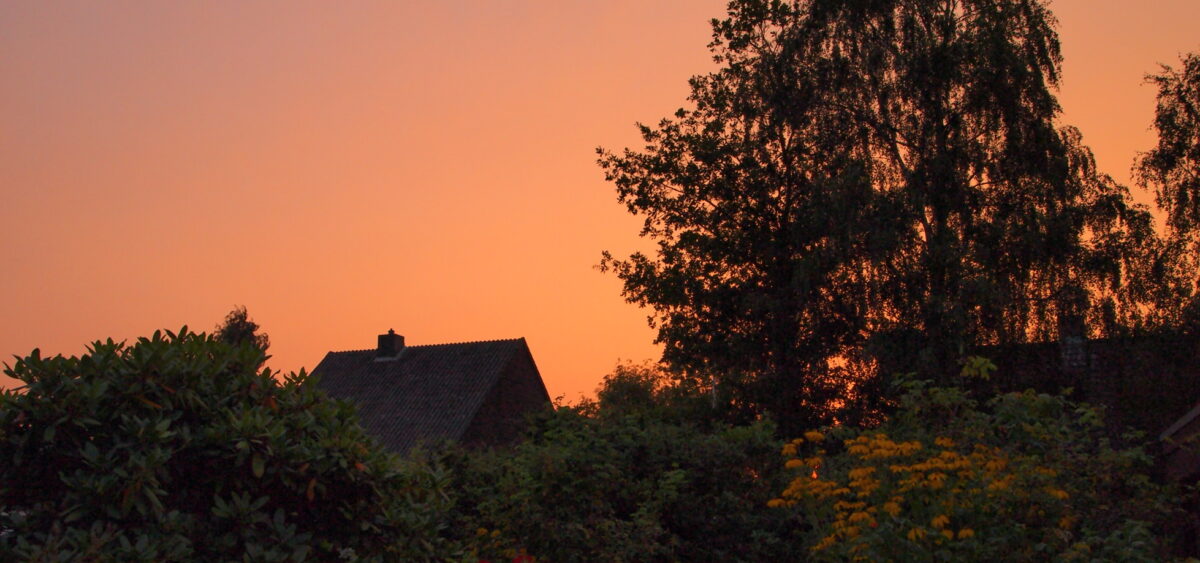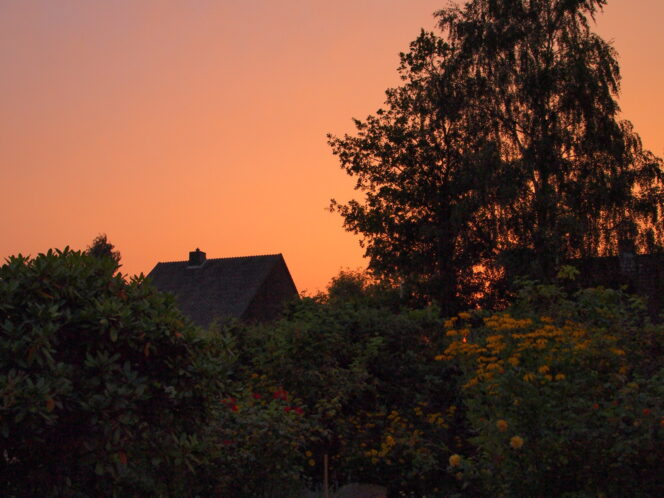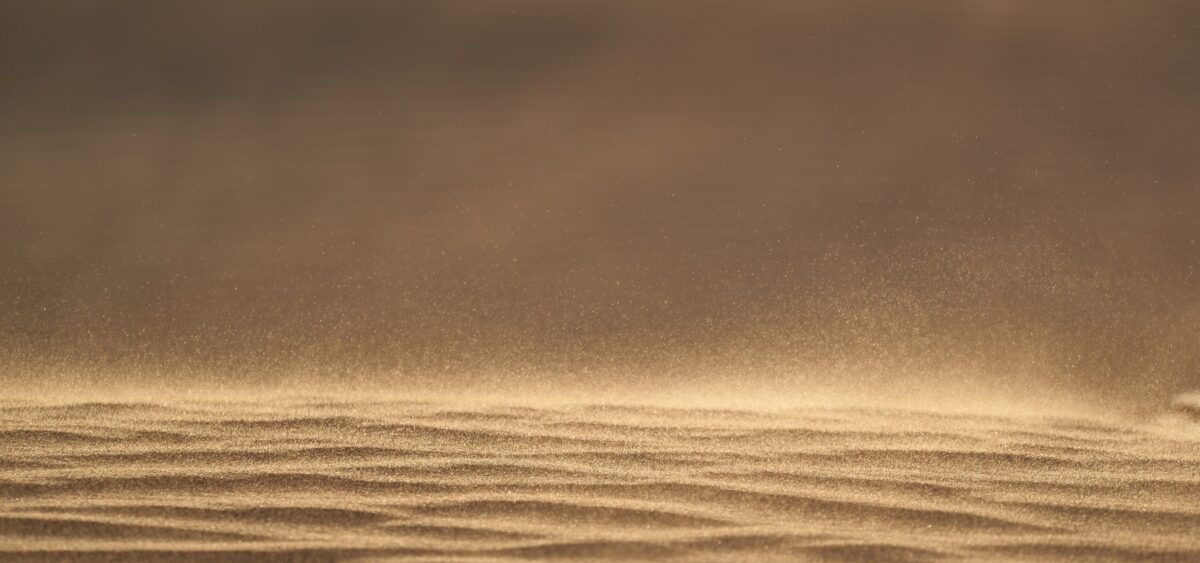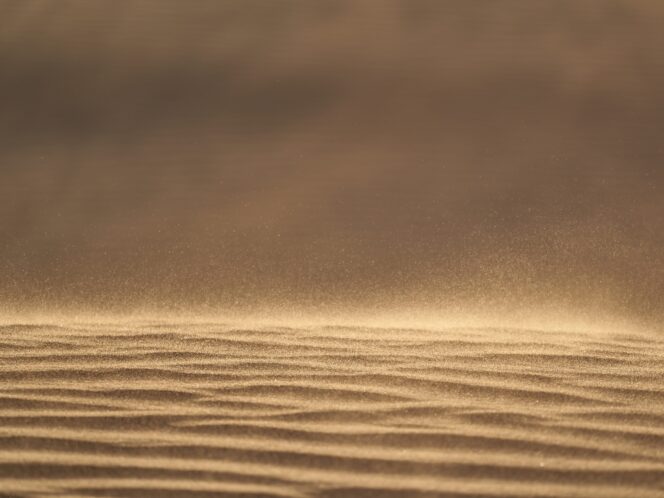
It’s so light that it easily rises above the Sahara and sets out on intercontinental journeys. The effects of its movements are astonishing. Alpine snow changes colour, Caribbean heatwaves become amplified, and beneficial elements circulate in oceans and plants.
The first people to study desert areas considered them empty – an example of rightly dusty Eurocentrism. Deserts not only have a complex biosphere, but are sometimes also inhabited by diverse communities. Speaking of dust, that of the largest hot desert in the world—the Sahara—recently found its way, not only metaphorically, onto the front pages of European newspapers. Not just common dust: ‘Saharan dust’.
Chad Infinitum
Everything begins in the Chad Basin, or, really, in its lowest part: the Bodélé Depression. It was here that the largest of Africa’s four paleolakes, Lake Mega-Chad, existed around 5000 BCE. Its








